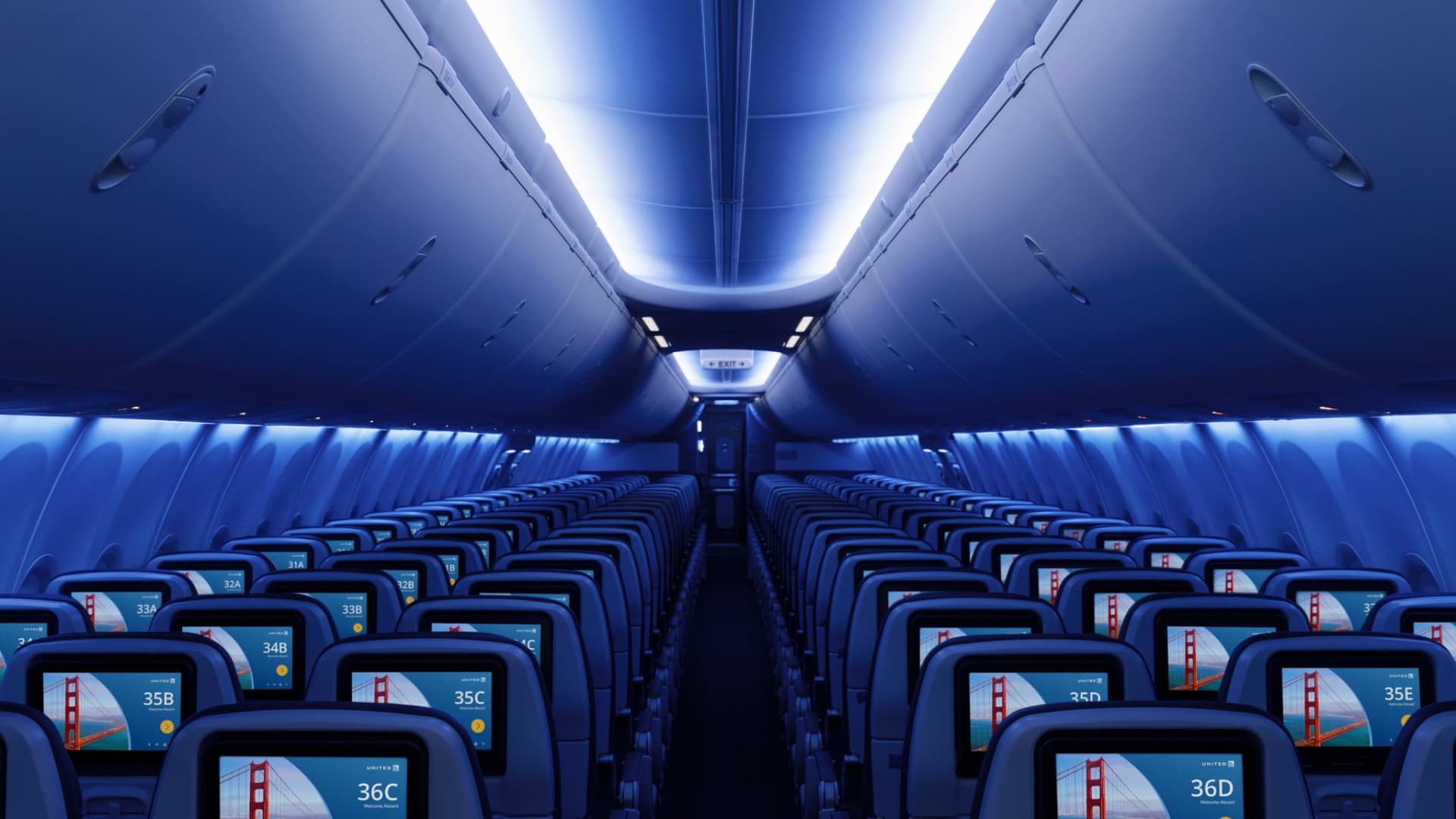Air travel, with its promise of rapid connections across continents, has become a cornerstone of our interconnected world. However, the reality of flight delays is an aspect that often disrupts the seamless experience passengers anticipate. In this article, we delve into the intricate web of factors contributing to delays in airline flights, exploring the causes, consequences, and potential solutions that impact the aviation industry and passengers alike.

Understanding Flight Delays
Mechanical Issues
One of the most common causes of flight delays is mechanical issues. Aircraft, complex machines with numerous components, undergo rigorous maintenance checks. However, unforeseen problems can still arise, requiring thorough inspections and potential repairs before departure.
Weather-Related Challenges
Nature, with its ever-changing moods, plays a significant role in aviation delays. Adverse weather conditions such as storms, heavy rainfall, snowstorms, or fog can lead to disruptions in flight schedules. Safety protocols dictate that flights must be postponed or rerouted to avoid potentially hazardous conditions.
Air Traffic Congestion
The congestion of air traffic, especially at busy airports and in crowded airspace, can lead to delays. Limited runway availability, increased air traffic during peak hours, and the intricacies of managing multiple flights within a confined airspace contribute to this challenge.
Technical and Operational Issues
Beyond the mechanical components of an aircraft, technical and operational issues can cause delays. These may include problems with ground equipment, issues with flight planning systems, or challenges in coordinating ground and air operations effectively.
The Ripple Effect: Consequences of Flight Delays
Passenger Disruption
For passengers, flight delays can be a source of frustration and inconvenience. Schedules are disrupted, connecting flights may be missed, and meticulously planned itineraries can unravel. The uncertainty surrounding the duration of a delay adds to the stress experienced by travelers.
Financial Impact on Airlines
Flight delays can have a significant financial impact on airlines. Compensation for affected passengers, the cost of rerouting flights, and potential reimbursement for services such as meals and accommodation during extended delays contribute to the financial burden borne by airlines.
Operational Challenges for Airports
Airports also face operational challenges due to flight delays. Ground crews, security personnel, and other airport services must adapt to changes in flight schedules. This can lead to increased pressure on airport resources and potential disruptions in the overall functioning of the facility.
Mitigating Flight Delays: Strategies and Solutions
Advanced Technology and Predictive Analytics
The integration of advanced technology and predictive analytics has the potential to mitigate flight delays. Enhanced weather forecasting, real-time monitoring of aircraft components, and predictive algorithms can help airlines anticipate issues and take proactive measures to minimize disruptions.
Improved Communication Protocols
Transparent and effective communication is crucial during flight delays. Airlines that implement robust communication protocols, keeping passengers informed about the reasons for delays, estimated departure times, and alternative arrangements, can enhance the overall experience for travelers.
Strategic Scheduling and Planning
Airlines can optimize scheduling and planning to reduce the impact of delays. This may involve building buffers in the schedule to account for potential delays, strategically planning routes to minimize air traffic congestion, and investing in efficient turnaround processes for aircraft on the ground.
Investment in Infrastructure
Upgrading and expanding airport infrastructure is a long-term solution to mitigate delays. Improved runway capacity, enhanced air traffic control systems, and investments in state-of-the-art technologies contribute to creating a more resilient aviation ecosystem.
Passenger Rights and Compensation
Regulatory Framework
Recognizing the challenges faced by passengers, various aviation authorities have established regulatory frameworks outlining passenger rights and compensation in the event of flight delays. Understanding these rights empowers passengers to seek appropriate compensation when delays occur.
Compensation Structures
Compensation for flight delays may include financial reimbursement, meal vouchers, and accommodation arrangements, depending on the duration and circumstances of the delay. Passengers are encouraged to familiarize themselves with the compensation structures in place and assert their rights when necessary.
Conclusion: Aiming for Smooth Skies
Flight delays are an inherent part of air travel, influenced by a multitude of factors ranging from technical challenges to unpredictable weather conditions. While complete elimination of delays may be an elusive goal, the aviation industry is continually striving to enhance operational efficiency, embrace technological advancements, and prioritize passenger satisfaction. As passengers, understanding the factors contributing to delays and being aware of rights and compensation structures equips us to navigate the skies with resilience and preparedness. In the ever-evolving landscape of air travel, the collective efforts of airlines, airports, and passengers contribute to a shared goal—making the journey as smooth and enjoyable as possible.